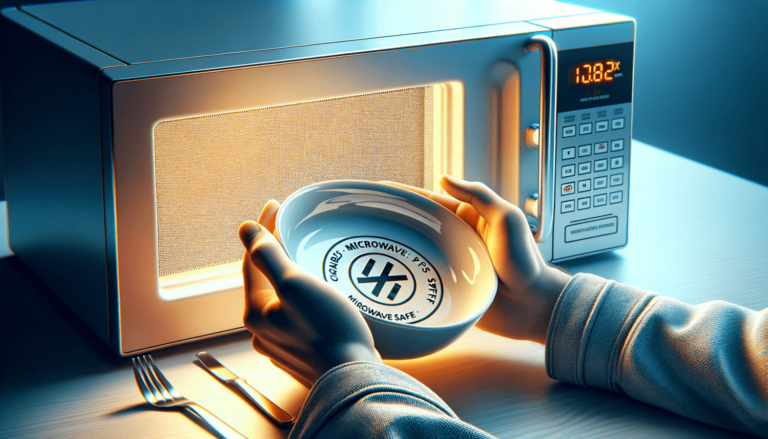

Written by: Settings King
Last updated:

Checking if a dish is microwave safe involves examining the dish for a microwave-safe label, conducting a water test if the label is absent, and understanding the materials that are generally safe for microwave use. At Setting King, we’re dedicated to giving our trusted advice to help you avoid damaging your dishes or microwave and ensure your safety.
Quick summary
Start by looking for a label or symbol on the bottom of the dish that explicitly says “Microwave Safe” or features a microwave graphic. Manufacturers are required to indicate if a dish is safe for microwave use, and this is the most direct way to check. If the label is missing or worn off, it’s wise to proceed with a simple home test to determine microwave safety.
If there’s no microwave-safe label, you can perform a water test. Here’s how:
Understanding the materials that are generally considered safe or unsafe for microwave use can also guide you:
Always remember, when in doubt, it’s better to err on the side of caution and not microwave the dish. Here at Setting King, we also advise against microwaving containers that had originally been packaged with food, such as butter tubs or takeout containers, unless they are clearly marked as microwave safe. Furthermore, repetitive microwaving can degrade the protective layer on microwave-safe containers, reducing their safety over time. So, always monitor the condition of your dishware.
Determining whether a dish is microwave safe is essential for kitchen safety and the longevity of your dishware. By looking for the microwave-safe label, performing the water test, and understanding which materials are generally safe, you can confidently use your microwave without risking damage to your dishes or appliance. Remember, if you’re ever unsure, it’s better to choose an alternative method of heating to prevent any possible hazards. Trust us at Setting King to guide you through safely setting up for your next microwaveable meal.